Worldwide Sites
You have been detected as being from . Where applicable, you can see country-specific product information, offers, and pricing.
Keyboard ALT + g to toggle grid overlay
Understanding the forces reshaping how and what we create
Autodesk’s new book, The Future of Making, explores how emerging technologies and new ways of designing are transforming what we make, how we make things, and who does the making.
When we combine sensing, computing, and physical expression with new materials—and help equip communities to make things they are passionate about—magic happens. The result is a tremendous release of energy by the people who design, make, and operate things that will revolutionize our world.
Inside the book
Discover how cars, buildings, consumer products, luxury goods, clothing, and airplanes—among other objects—are being reinvented by large firms such as Nike, Tesla, Procter & Gamble, GE, IWC Schaffhausen, and Arup, as well as small start-ups and passionate individuals.
The Future of Making illustrates the impact of emerging digital capture, compute, and create technologies and their impact on design and manufacturing. It also demonstrates how new communities of makers are disrupting and reinventing supply chains, making things that are smart, responsive, and adaptive, and how they address the world’s grand challenges by viewing the art and science of making as interconnected systems of material, energy, and human action.
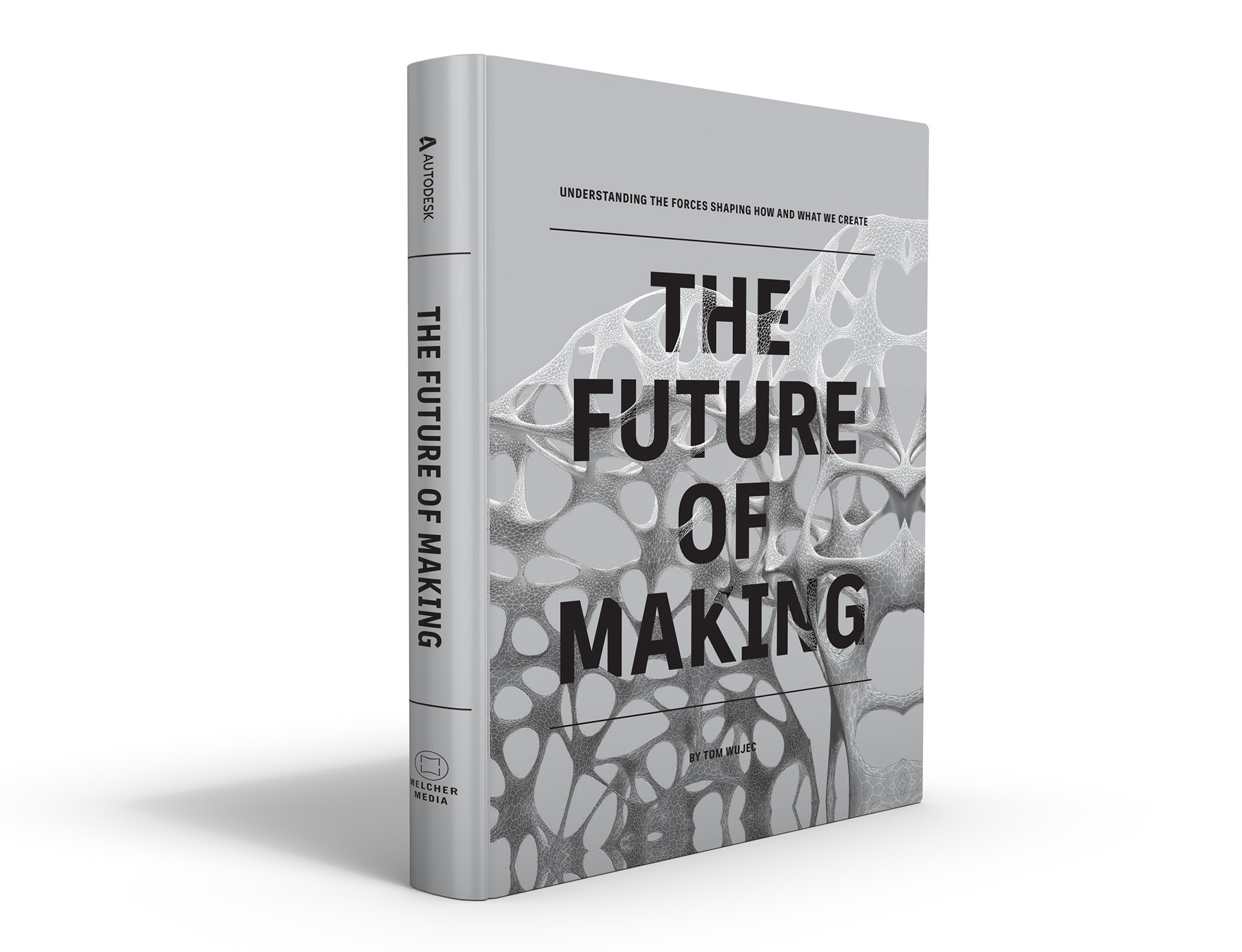
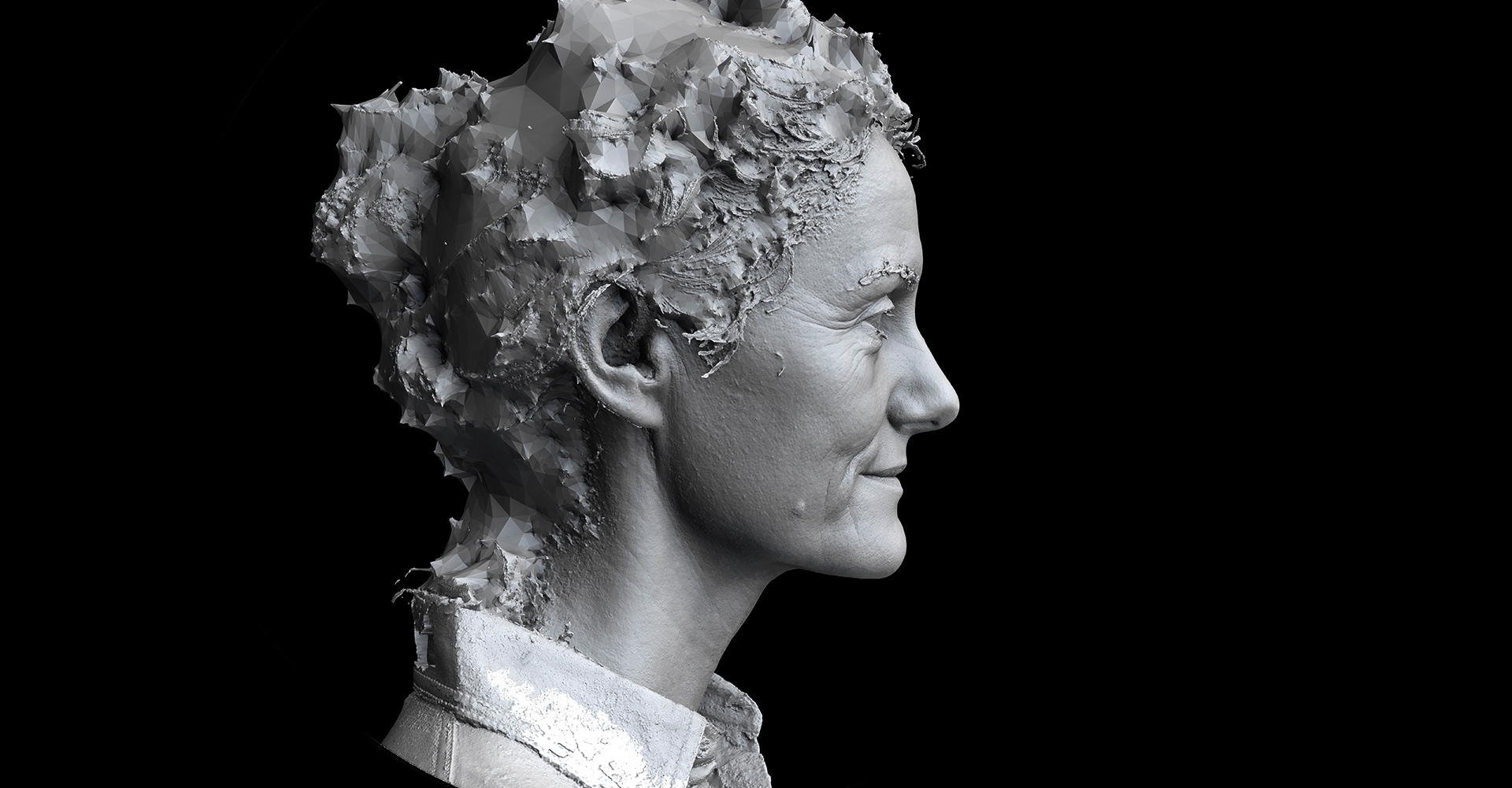
Chapter 1
Capture
Sensors capture the physical properties and behaviors of objects and convert them into useful data. Cameras, microphones, heat sensors, laser scanners, and many other sensing technologies see, hear, and locate things in the real world and place them into a parallel digital world.
Image: Photo-based 3D scans capture a subject from multiple angles to produce a remarkably detailed portrait.
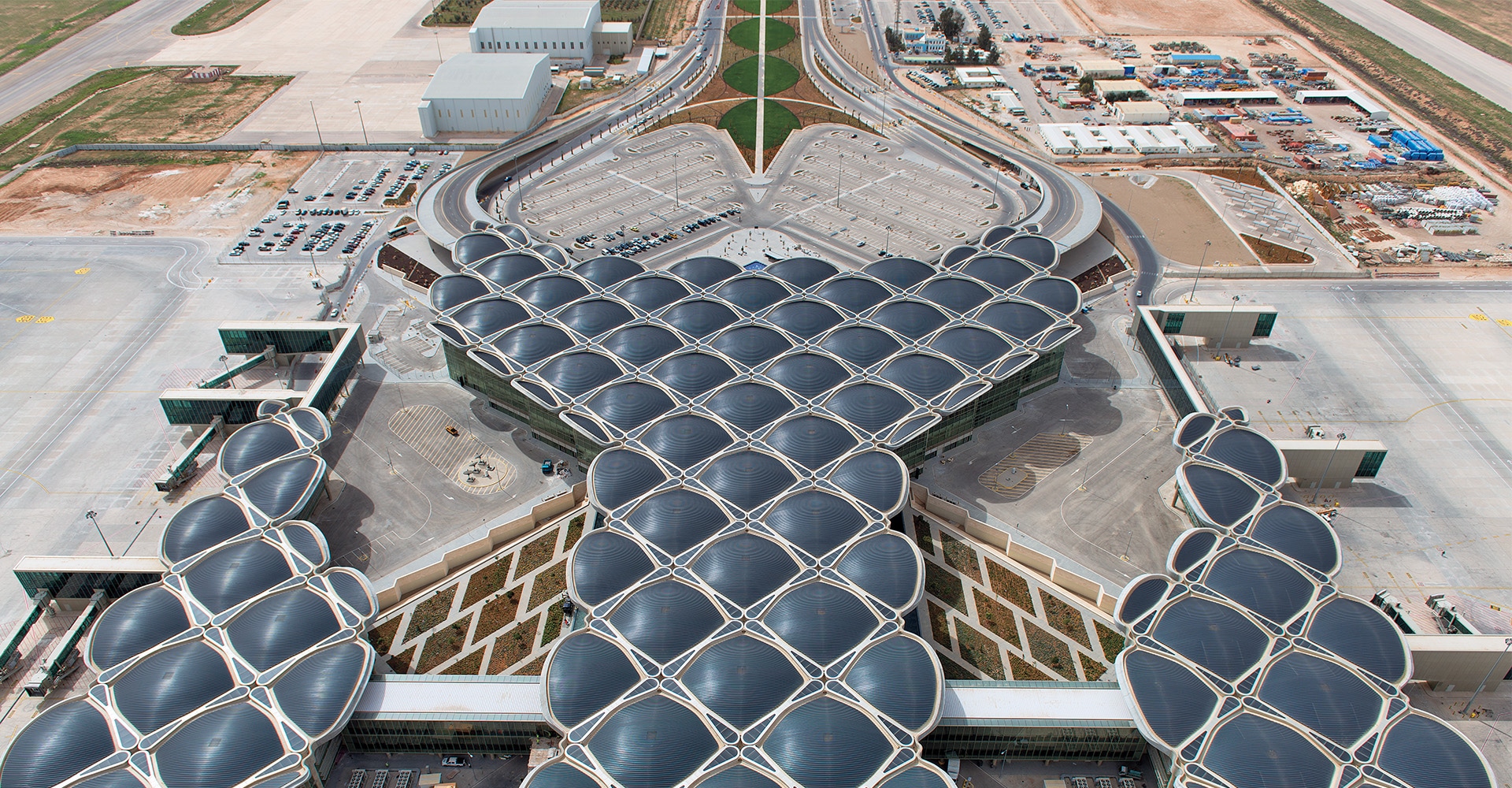
Chapter 2
Compute
Designers resolve questions by building prototypes to visualize, test, and finalize a product. Computation provides new problem-solving tools: Start with inputs and use algorithms to calculate intelligent outputs in the form of dozens, hundreds, even millions of digital prototypes.
Image: The complex roof of Queen Alia International Airport in Jordan was developed with computational BIM software.
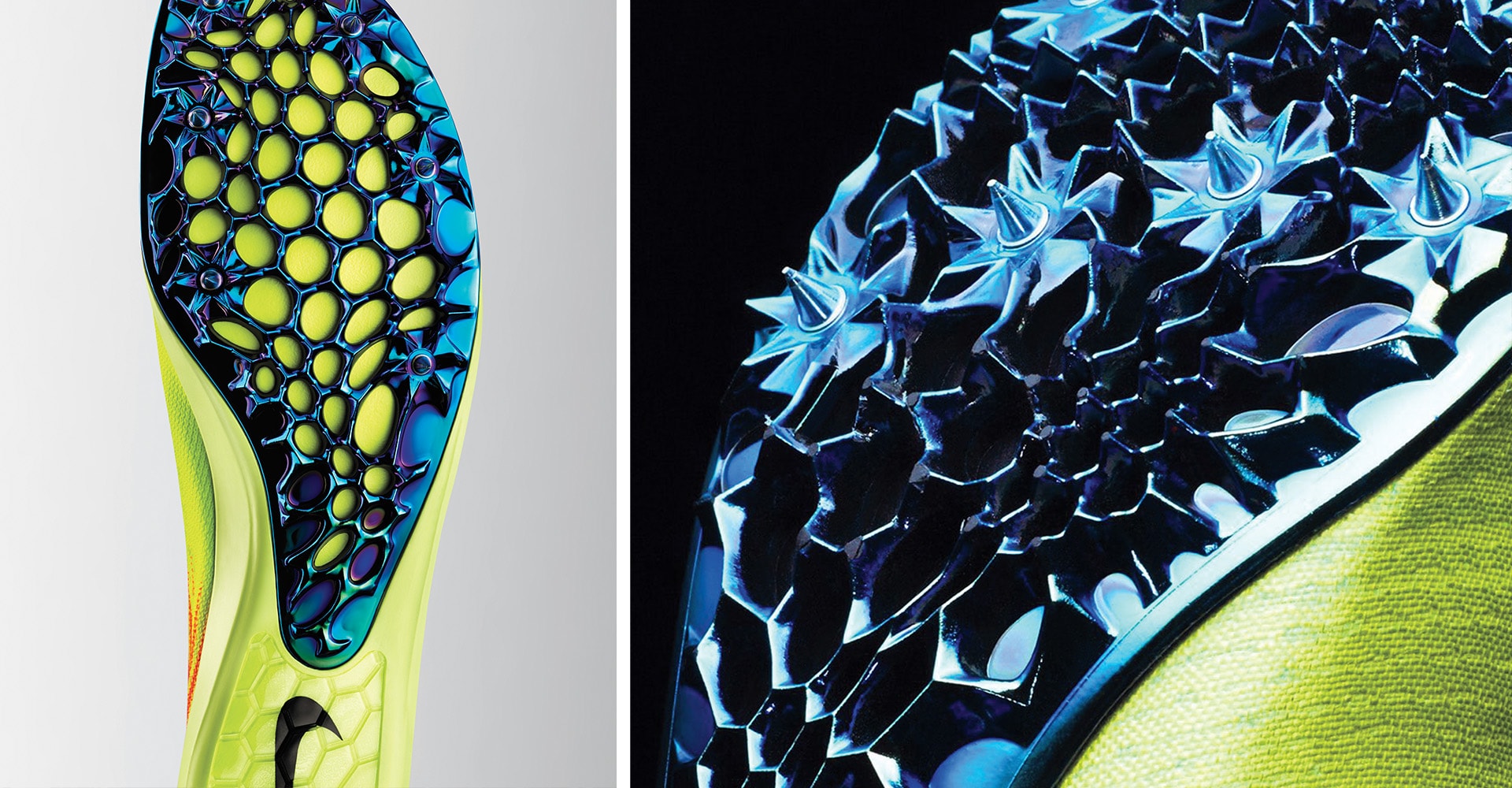
Chapter 3
Create
People create with their bare hands, simple tools, machines, and, increasingly, robots. Robots are digitally controlled devices that faithfully follow detailed instructions to move, bend, and shape materials; cut, sculpt, or drill them away; or add to them via 3D printing.
Image: Nike used iterative design to create custom soles for an Olympic sprinter’s medal quest in Rio.
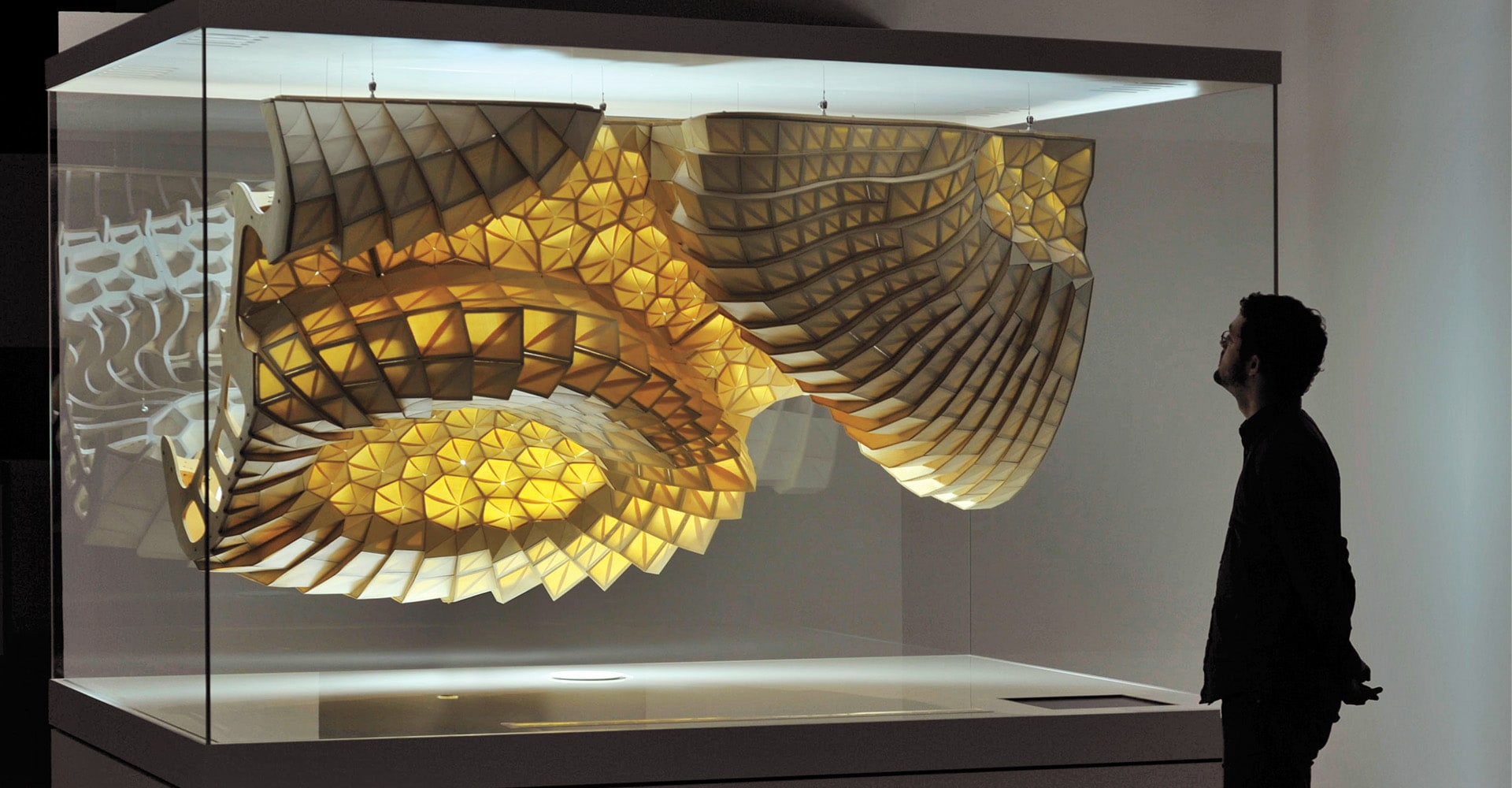
Chapter 4
Compose
With computing, we can better understand the detailed properties of the familiar substances we make things with—wood, stone, glass, cement, plastics—and use them in more precise ways. It’s also possible to design new materials from scratch, engineered to embody desired properties.
Image: Experimental architects explore the organic shapes and properties of wood to create responsive architecture.
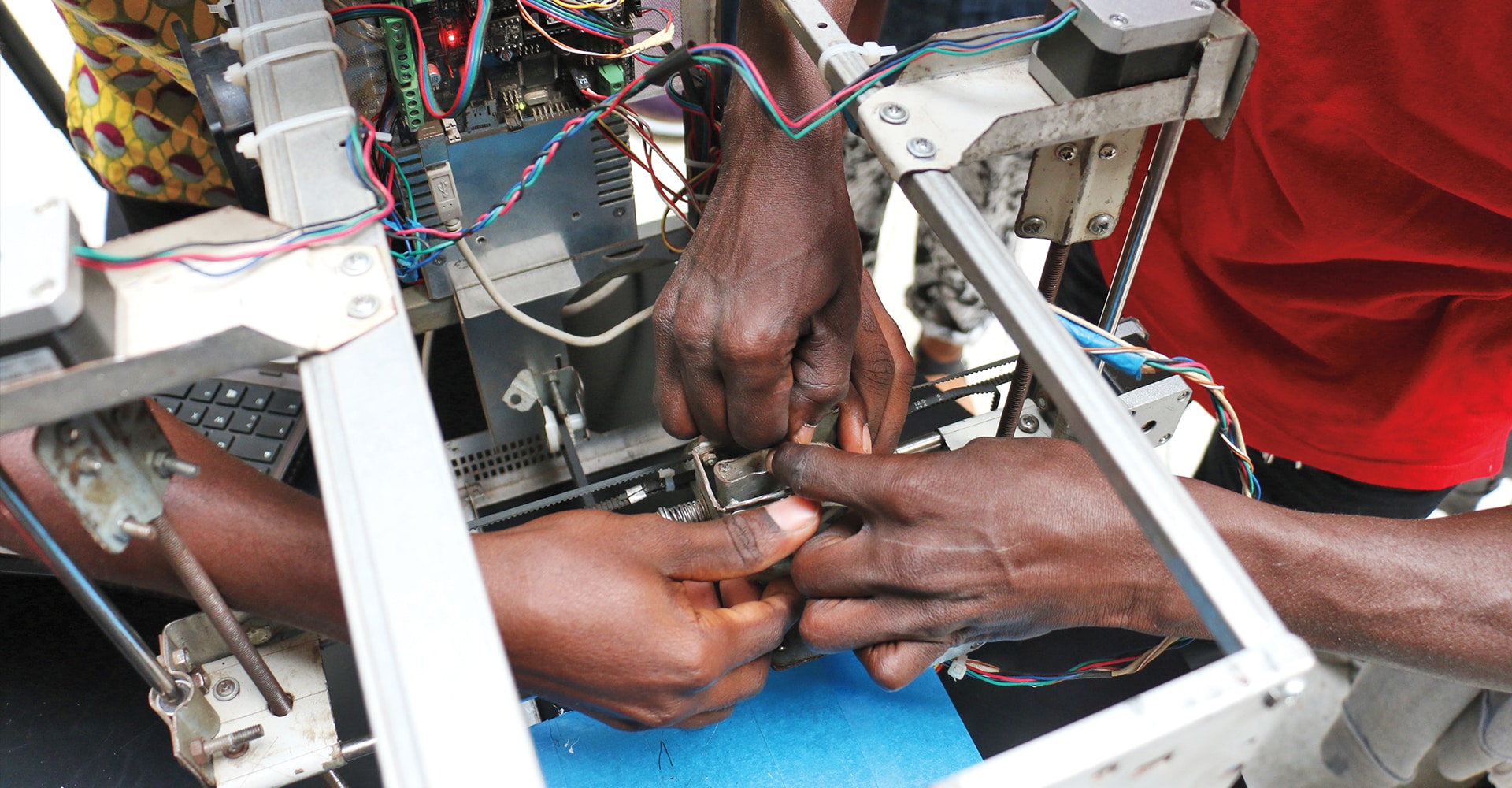
Chapter 5
Communities
Around the globe, a new class of entrepreneurs, artists, dreamers, and tinkerers is accessing new technologies of making to experiment, build, learn, and share. They’re defined by their belief in any person’s ability to imagine something new, prototype it, and then build it.
Image: At a makerspace in Togo, West Africa, members developed a 3D printer constructed entirely of e-waste.

Chapter 6
Connections
As technology fluidly shuttles information among people, processes, and products, the phases of design, fabrication, and operation can be bound into connected systems. We can see, model, and compute these connections to gain sophisticated big-picture views that link every aspect.
Image: Robots and humans collaborate to cut, mold, weld, and polish raw aluminum into brand-new Tesla cars.
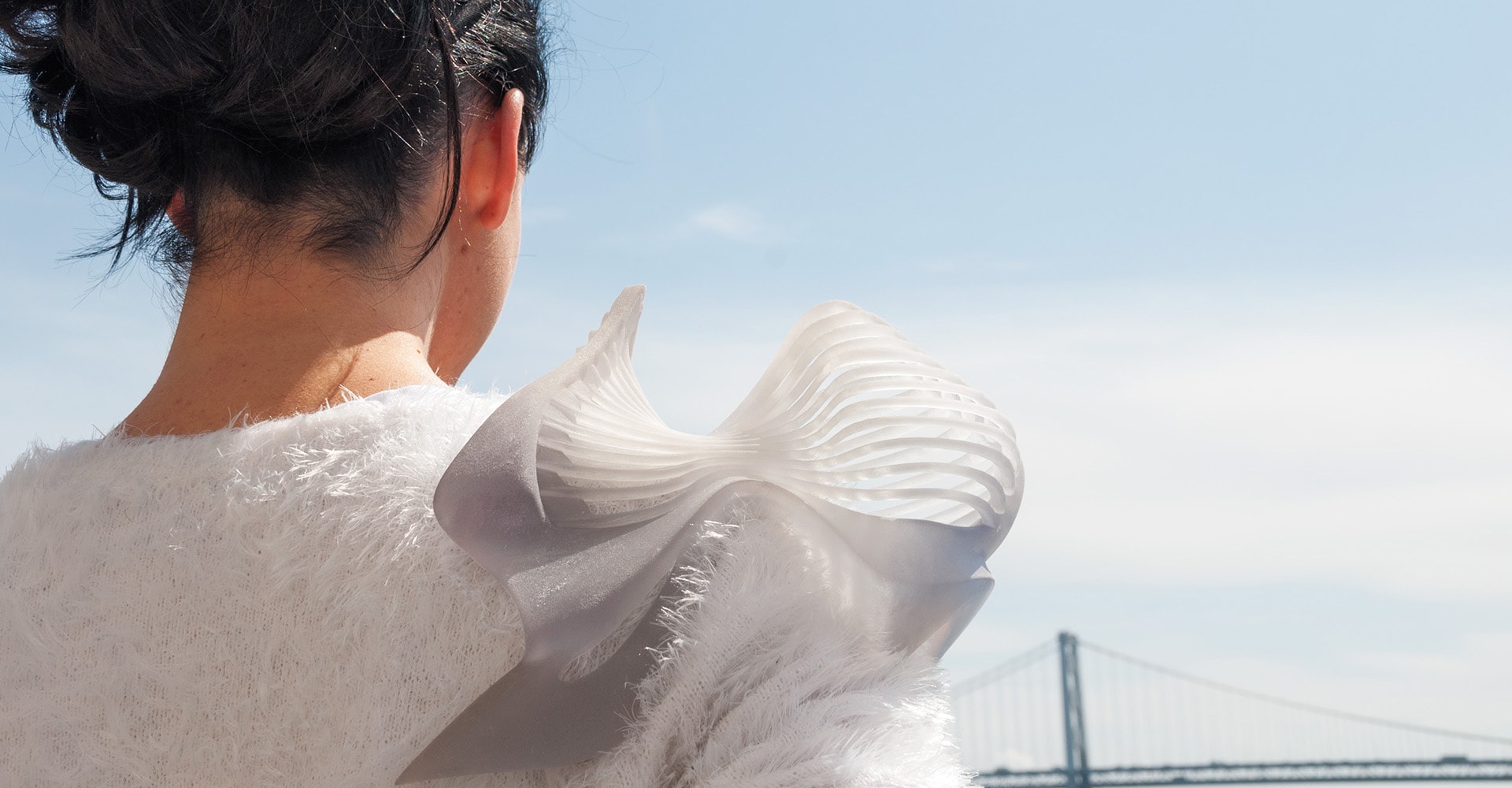
Chapter 7
Choices
If you can imagine something, it can be given form in the real world. This remarkable power frees designers and makers to focus on decisions of what they should make—and why to make it. Emerging toolsets will augment human abilities and help mankind to amplify its ideas.
Image: Fashion takes on new forms with 3D printing, as designers combine couture with technology and interactive design.
Explore the future of making things
Read stories of the remarkable people and organizations leading this transformation, and making better things in better ways, in The Future of Making.